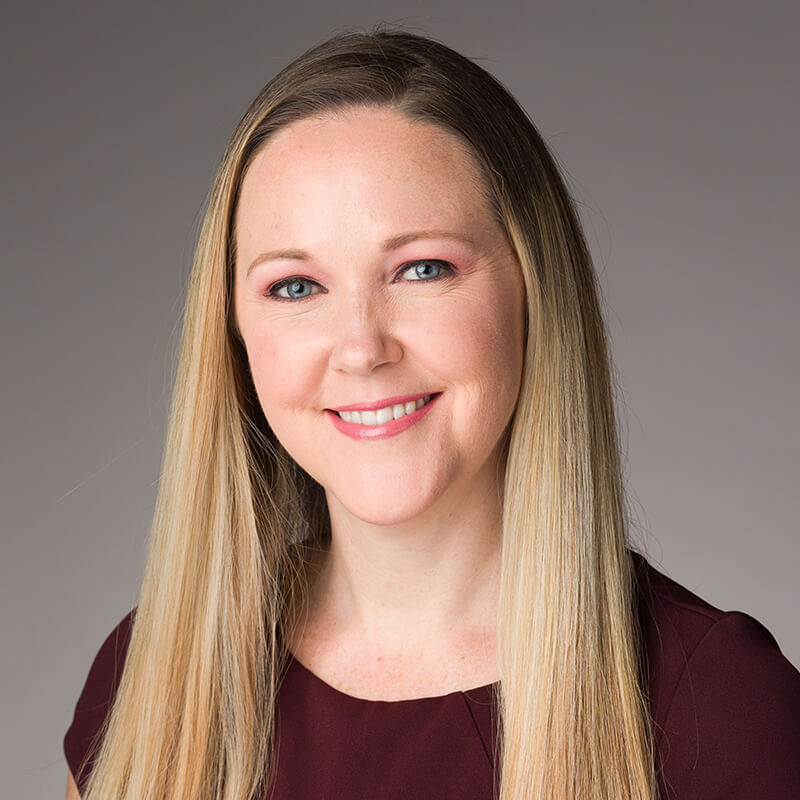
What It Takes to Overcome the Fear of Changing LDAR Contractors and Databases
August 3, 2021
By: Tanya Jackson
Imagine you’re not happy with your current LDAR contractor or database. You’re ready to make a change. Almost as if on cue, an LDAR contractor comes up to you and says, “We can save you money on your LDAR program. Plus, we’ll not only find more leaks by volume, but we’ll also use a safer process to do it. Talk about timing! Yet, as good as this change sounds, you hesitate. Questions fill your head. How much work is involved in changing contractors and databases, anyway? What are the potential missteps? What if you fall into non-compliance along the way? Or, what if you go through the trouble of making a change and the underlying issue that prompted it doesn’t even get resolved?
In other words, a fear of the unknown is holding you back.
If you’re thinking about changing your current LDAR contractor and/or upgrading to what you hope will be a better data management system, but you find yourself hesitating due to an uncertainty regarding the work involved and potential missteps along the way, then keep reading. I’m going to address some of the most common fears and concerns head on. I’ll also share some tips on how you can push through those hurdles, so you can make a positive change while minimizing risks and maximizing benefits.
A few reasons for changing LDAR contractors and/or databases
I want to back up for a second to explore why you might be interested in changing your LDAR contractor or database. I conducted a poll earlier this year, asking participants to share the biggest struggle they face with their existing LDAR program.
Respondents overwhelmingly chose cost efficiency, followed by safety, quality, and morale. And as for databases? I asked participants in another poll to name their most important element when choosing an LDAR database. The ability to report on quality control nabbed almost 50% of the vote, with customization and ease of use following closely behind it.
The ever-present concern over compliance
Now let’s say you’re not getting what you want from your current LDAR contractor, database, or either one. You want to make a change—but there’s one silver lining in your current situation: As far as you know, you’re fully compliant with all local and federal regulations. Being compliant carries a lot of weight. After all, why rock the boat? The fear of non-compliance is a valid one, and if you believe yourself to be compliant, it’s easy to decide that the risk of non-compliance outweighs the benefit of changing contractors to improve cost efficiency, safety, quality, or morale.
And this brings us to my first tip for overcoming your fear of change.
Focus on the positives
Progress isn’t without its growing pains. But for every concern you have, there’s a potential benefit on the other side of it—if you’re willing to look for it.
Sticking with the risk of non-compliance as an example, let’s focus on this specific fear for a second: “A new contractor might find regulatory issues with the way our previous contractor ran things.”
Some of you might be afraid to change contractors because you’re worried that regulatory issues you’re not even aware of might be found. And sure, that can happen. But if I were to flip this negative thought and look for the positive, it might resemble something like this instead: “A new contractor might find regulatory issues with the way our previous contractor ran things, which means we can correct those issues before regulators find them.”
Ironically, the fear of change in the above example actually exposes you to greater risk than enacting change. If you delay switching to a new LDAR contractor due to a fear of what regulatory issues might surface, then you risk those issues being found later by the people with the power to hand out substantial fines and penalties.
Of course, the fear of non-compliance is only one of several hurdles that can stand between you and positive change. Here are some of the top challenges we help our clients overcome all the time—and some tips on how you can move past them.
Cutting through the red tape
The amount of work it takes to set up an LDAR contractor as an approved vendor with your company, well, let’s face it: It’s daunting and tedious. It’s a long process that involves multiple departments. And at the end of it all, how can you be sure that the new LDAR contractor is even worth all the effort? The trick is to put in a little more work up front; once you’ve narrowed your field of candidates down, get at least your top three set up as approved vendors for your company. This pays off in a big way, because once you set up your top LDAR contractor candidates as vendors, you can:
- Test out each of them with an inventory project
- Evaluate each candidate’s utilization of different LDAR technologies
Task a contractor with an inventory project or a case study for an LDAR technology so you can evaluate the contractor’s work ethic, how they treat on-site staff, the kinds of management support they provide, how they communicate, and more. If you realize somewhere along the way that the LDAR contractor isn’t the right fit for you, or you’re still on the fence, you already have a list of approved LDAR contractors you can choose from. Move to your second choice, and then repeat the process.
Existing contractor staff
Many of you might have concern over what will happen to the existing contractor staff should you follow through with a change. Based on our own experiences here at Montrose, more often than not, prospective LDAR clients reach out to us because they love the staff they work with, but they don’t like the way the LDAR contractor actually treats the staff.
If this describes your situation, then make sure you let any potential LDAR contractor know up front that you have expectations for a certain level of staff support that encourages quality and safety. Also, remember that you have every right to ask the contractor about the kinds of pay and benefits they offer.
Impact on Morale, Culture, and Costs
If you want to ensure that the staff is treated better, how do you weigh that against a desire for cost reduction? It starts when you and your contractor jointly agree to a run a better program together. Have conversations early and often. Also, decide what your absolute highest priorities are, what your values are, and make sure you and your contractor are aligned. Only then can you set clear and achievable program goals.
For example, staff treatment and cost reduction aren’t diametrically opposed; rather, it’s traditionally the staff who tend to get the raw end of the deal when cost reductions are sought. Instead, cost savings should come from the efficiencies of the LDAR program itself. Look for an LDAR contractor with technologies that provide greater efficiency—such as Alternative Work Practice (AWP)—because greater efficiency means program costs are reduced as a result.
Potential for non-resolution
How can you guarantee that the issue with your current LDAR contractor and/or database will be resolved when you’ve come out the other side? You need an LDAR contractor capable of writing and implementing a customized, thought-out transition plan. One that’s created with your input and not in a vacuum. A step-by-step, detailed transition plan also goes a long way toward ensuring compliance is maintained while the change is made.
For your part, roll up your sleeves and do your due diligence. When you send an RFP to a potential LDAR contractor, include a request for the company to disclose if it’s had to file a consent decree due to quality issues. Each LDAR contractor also has an assigned safety score, so make sure you ask for and know that score from the onset. RFPs can become a valuable asset if you use them to set clear expectations and capture the right information. Be specific about the types of roles you need to fill. Some contractors might have a more qualified staff than others, depending on the ask. Also, set criteria. What are metrics of program success? And ask for data that you can use to compare across all candidates.
Once you receive a proposal from a candidate, follow up with a conversation, be it phone, video, or in person. Ask them to clarify any points of confusion. Point out what you like and don’t like. Give them the chance to walk through it and explain things.
How Montrose can help
If you’re considering changing your LDAR program and/or database, Montrose Environmental Group has the expertise, technologies, and processes to bring clarity to the unknowns that keep you up at night. We work with our clients to develop a detailed transition plan and implement a highly efficient LDAR program, so that we can ensure the desired benefits of change are achieved—and that the risks that come with change are minimized to the lowest possible point.
 Tanya Jackson
Tanya Jackson
VP, LDAR USA
Tanya is a leader in the LDAR industry and is Method 21 Certified as well as a Certified OGI Thermographer. She is often selected as a speaker for industry related events as the subject matter expert. Tanya holds both an Associates and Bachelor’s degree in Science with an emphasis in Environmental Toxicology.

